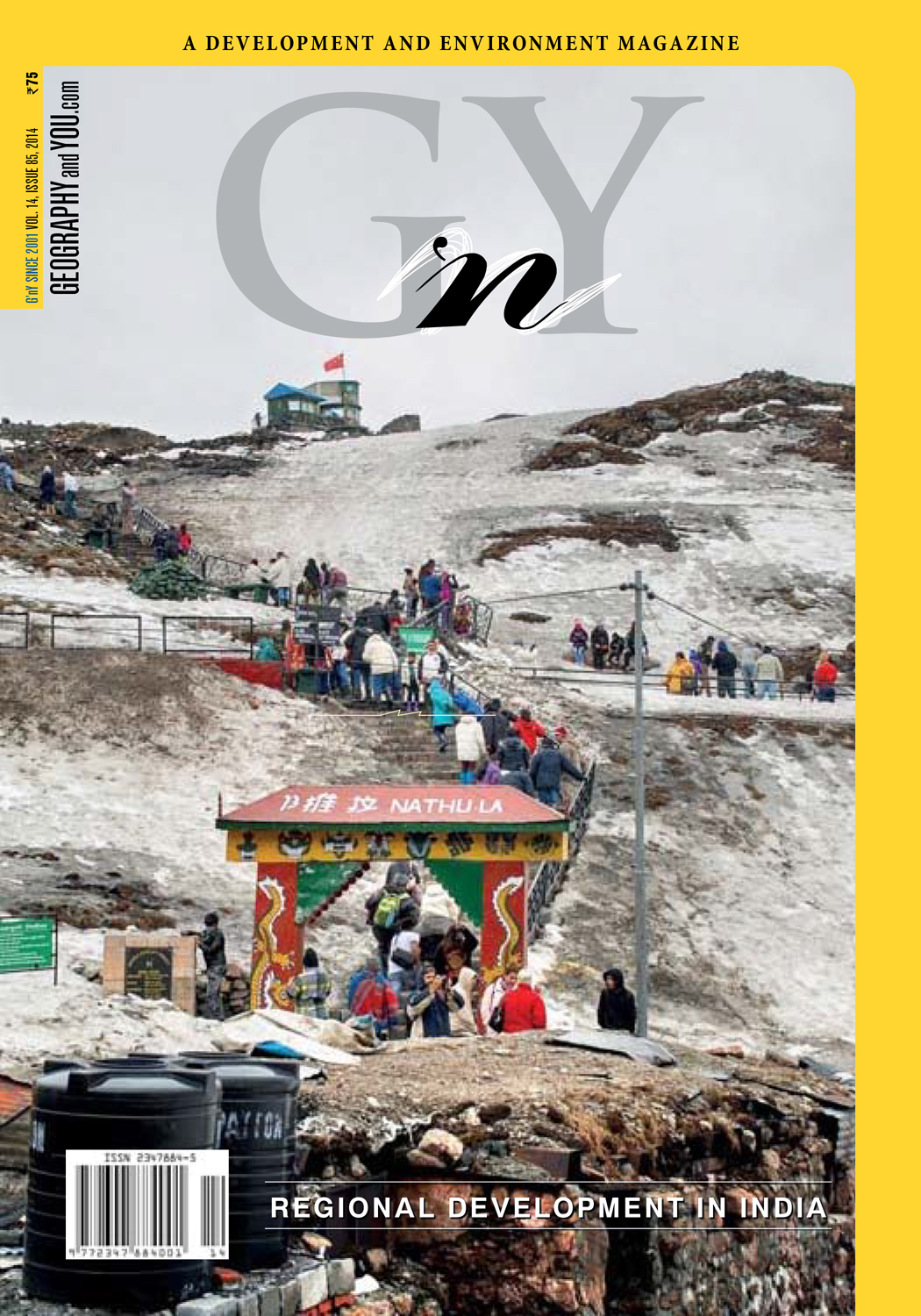
Inside this issue
Development Perspectives
The primary aim of generating indicators of development, defined in varying terms, is to generate information in quantitative and qualitative terms, to critically examine who gets what, where and how.
Regional imbalance in India is gigantic and spiralling. Convergence of administrative and developmental boundaries and increasing micro approach to development planning is the primary reason. It is time to look beyond administrative boundaries and restart regional integrated planning.
While uncontrolled migrant-driven urbanisation is a problem for the city management, it is also adversely affecting the environment through increased carbon footprint. Though all urban dwellers will face the impact of climate change, urban poor will be the worst hit.
It is difficult to conclude the degree of inclusiveness of growth in India as different scholars hold different opinions. Better governance and pro-poor policy, among the strategies, need to be adopted for inclusive growth.
Development, no matter how one defines it brings disparity, though its scale and nature could be varied. A broader historical overview that maps progress in living standards is imperative to understand the development discourse.
Wide regional inequalities exist in the health status of the country. A study of measures like infant mortality rate, maternal mortality rate, safe delivery and immunisation shows that economic development along with a higher governmental expenditure on health can lead to improvement in the health status.
G’nY First Report
While sand is an important material in the construction industry, the burgeoning demand for sand is leading to illegal sand mining at many places across the country. Excessive sand mining has a huge ecological impact and there is an urgent need for alternatives to bridge the demand supply gap.
The Kerala Forest Department, through its unique model of community engagement, has involved the forest dwellers in the Parambikulam Tiger Reserve area to safeguard the forest, and provide a livelihood opportunity. The benefit—greater vigilance amounting to no poaching cases ever since the approach began in 2006.
The 68th round of National Sample Survey (2012) indicates that though the economic growth is pushing up income and consumption levels of the average Indian faster than before, income disparity is getting sharper, especially in rural India. Also, the share of food expenditure in household consumption has declined since 1993-1994, with a simultaneous decline in calorie intake.
Despite India’s big improvements, its human development index (HDI) score is ranked at 136 in a list of 186 countries, according to the United Nations Development Programme report, 2013. Meanwhile, a state-wise India Human Development Report (IDHR) by Institute of Applied Manpower Research, Planning Commission, Government of India, 2014, indicates that Chhattisgarh, Odisha, Bihar, Madhya Pradesh, Jharkhand, Uttar Pradesh and Rajasthan remain at the bottom of the state-wise list.
Report Watch
The intra-regional trade among the South Asian Association for Regional Cooperation (SAARC) countries is exceedingly low as compared to the European and South East Asian countries. According to the Federation of Indian Chambers of Commerce and Industry (FICCI) report, ‘The South Asian Century: Progressing Towards Regional Integration - A Study’, 2014, there is a lot of untapped economic opportunity within South Asia while there is also high dependence on extra-regional trade and investment.
Inter-state comparisons of socio-economic development of select states based on available indicators from the recent Economic Survey of India show some interesting results.
In brief
Dear Readers, What an unfeeling nation we have become. Imagine being away from delectable Indian food all day long, not to mention foregoing even cool sips of water, and still working in crammed office spaces. But just working is not enough—our ‘employers’ want everyone to be on tip-toes, scu

